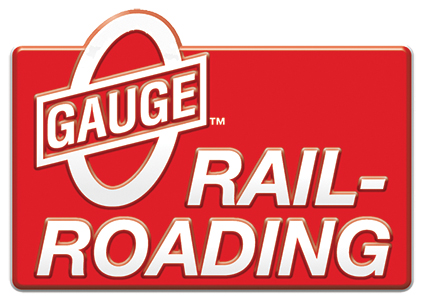First Athearn trucks are sprung - all version back through the metal days. Weaver trucks are not sprung. Both are equalized. The springs on the Athearn allow equalization and the weaver sideframes rotate slightly on the bolsters thus equalizing. I think performance is about equal between the two. Atlas trucks as you have springs, but in actuality are rigid.
Equalization means the trucks can adjust a little to rough or uneven track. I like this capability. When one wheel drops into a dip, the equalization allows that sideframe to tip while the opposite stays level, hence all wheels stay on the track. Atlas cars accomplish almost as much with 3 point mounting. If you look at the underside of an atlas car with the trucks removed, you will notice that there are tabs sticking up at one end on either side of the truck mounting pin about halfway along where the bolster is. The truck on that end rides on these tabs while screwed to the pin and cannot tip to either side. At the other end of the car, the truck is mounted to the pin only and has a little bit of play to tip side to side. When this car hits a dip with the end that cannot tip, the entire car can tip slightly while the truck at the other ends stays on the track. Vice-versa when the truck that can tip, enters a tip, the weight of the car on truck riding on tabs keeps the car level while the other truck dips thus keeping all wheels on the rails. The other advantage is that freight cars are generally short and these trucks are short, so dips and changes in the track do not affect them as much as 80 ft passenger cars.
I have a few of the brass cabooses made by "The Car Works". These came with very pretty and nicely detailed trucks. They looked great. Unfortunately, they did not always track well. Some of them did, most did not. These trucks were even equalized! I puzzled over this in my disappointment at having rather expensive cars that derailed a lot. I finally started inspecting them very carefully and identified what I think was the major problem. And as far as I am concerned with my skill it is uncorrectible. The problem is that the trucks are not square. The axle holes on one sideframe are not the same distance apart and the same distance from the center bolster as the opposite sideframe. They were off by just some thousandths of an inch that was not obvious to the eye without measuring. This meant that the axles were not parallel; the wheels one side are closer together than the other. The truck was a trapezoid. This caused it to always be trying to turn and at a switch frog for example, it would find a small gap, and turn into it, then climb and derail. My solution was to replace all these trucks with PRR cabin trucks form American Scale Models.
I think printing your own sideframes may lead to similar problems to the Car Works trucks unless the resolution is such that the journal holes are very accurately the same on each side piece. If the holes are printed as part of the model, I assume this might be possible, but I don't enough about the process to know. If you have to drill/bore the holes after printing, I think you need to be very precise. Perhaps you need a boring mill and a jig to do this, it may not be possible to get the precision on a drill press with hand held.
As for making the trucks rigid, that might work if do something similar to the atlas cars. I personally prefer equalized trucks.
By the way, Athearn made Andrews trucks and Archbar trucks in addition to the bettendorf style. The andrews side frame is somewhat similar to the PRR crown truck.
Lionel did a very nice crown truck on their first runs of the GLA hoppers. This truck is easy to convert to 2 rail. Unfortunately, they discontinued that truck put a generic bettendorf truck with plastic bolsters on the last runs of the GLA. I was disappointed because their literature did not mention changing the car when announcing the runs I ordered them based them being the same accurate model as the first run.


